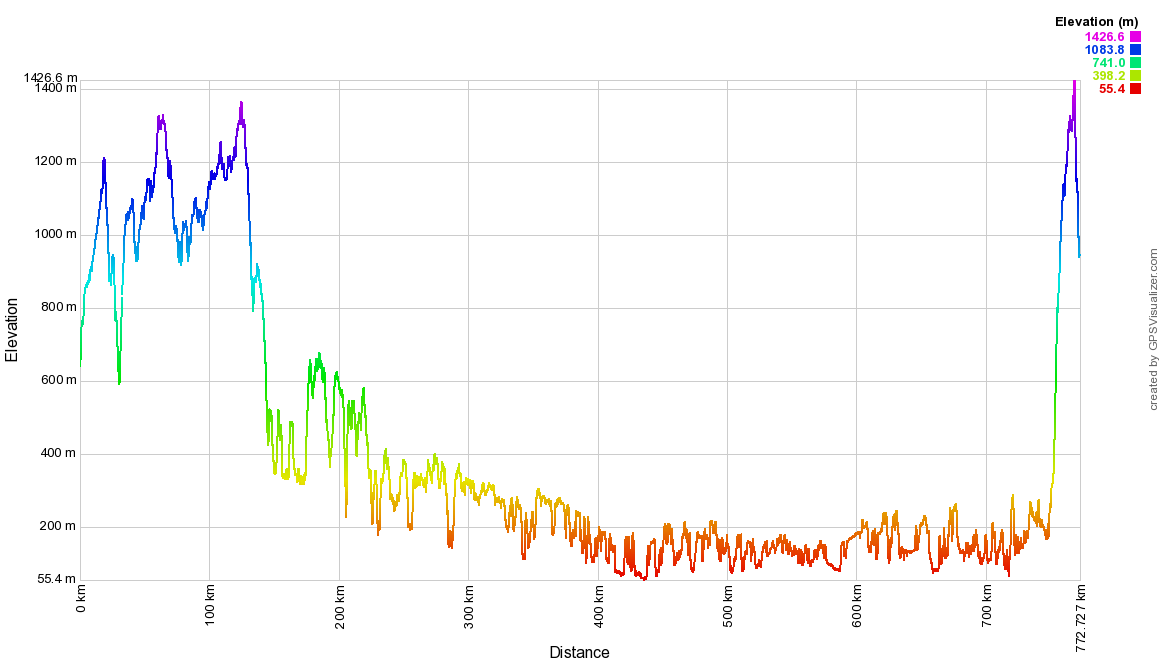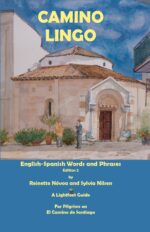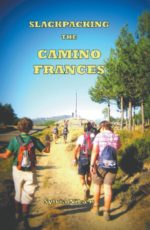The via Podiensis, Le Puy route or Chemin du Puy-en-Velay, now also known as the GR®65, is one of the four major French tributaries of the Camino Frances and connects Le Puy-en-Velay in the Auvergne region of France and Roncevaux/Roncesvalles in the Navarre region of Spain.
Total distance of the route: 774km
Maximum Altitude: 1426m
The primary route can be completed in 34 days, although variants to Rocamour, the Célé Valley and the Bonneval abbey may extend the journey.
(Photos © Alexandra Huddleston, Alexia Adamski and Angelynn Meya)
![]() Possible stage itinerary
Possible stage itinerary
![]() Route variants
Route variants
Like the Camino Frances, the Via Podiensis traces its historical heritage to medieval texts. The earliest recorded pilgrim to Santiago from beyond the Pyrenees was Bishop Godescalc of Le Puy-en-Velay who travelled in 950-951AD. According to a prayer included in the 10th century manuscript that tells of his pilgrimage, Godescalc was born on and was ordained a bishop on Saint James’ feast day, suggesting that his pilgrimage was also motivated by a sense of personal identity with the Saint. The second text that described the Le Puy route was the fifth book of the Codex Calixtus, which was the earliest guide to the pilgrimage routes to Compostela. The guide was written in Latin around 1140 by a Frenchman, and described four main pilgrimage routes in France, including one starting in Le Puy. According to the Codex, pilgrims from Burgundy and Germany would take the Le Puy route, along Roman roads, passing through Le Puy, Conques and Moissac.
However, during the Middle Ages, Le Puy was foremost a pilgrimage destination in its own right, rather than the starting point of the route to Santiago. Over the centuries, thousands of pilgrims flocked to the sanctuary to pay devotion to the Black Madonna, which was brought to Le Puy by Saint Louis, on his return from the crusades. To accommodate the multitudes, a new hospital (Hotel-Dieu) was built for them in the 15th century. Indeed, the fact that Godescalc had travelled to Santiago was only rediscovered in 1866 when the 10th century manuscript described above was found in the National Library in Paris. Equally, historians question the lack of evidence for the supposed hundreds of thousands of medieval pilgrims that purportedly followed in Godescalc’s footsteps to Santiago.
That Le Puy-en-Velay as the starting point for pilgrims bound for Santiago, was largely a 20th century phenomena, underpinned by the creation in the 1970s of a long distance hiking route, the GR®65, that recreated the pilgrim route from Le Puy to the Spanish border. Thereafter, in 1987 the Council of Europe launched its Cultural Routes Programme and declared the Santiago de Compostela Pilgrimage Routes, the first such cultural routes. The Council considered these routes “highly symbolic in the process of European unification,” and appealed to public authorities, institutions and individuals to revitalize them. It concluded with the aspiration that travel along these routes could help to “build a society founded on tolerance, respect for others, freedom and solidarity.”
Significant efforts to revive the French pilgrimage routes, notably the via Podiensis, were made in the 1990s, led by the French Hiking Federation (Fédération Française de la Randonnée Pédestre). By 1998, seven sections of the via Podiensis as well as numerous monuments along the way were registered on UNESCO’s World Heritage List. Consequently, since the 1990s the route has been very well developed.
The 21st Century has witnessed the true upsurge of pilgrimage. Never before have so many pilgrims walked to Santiago de Compostela, including on the via Podiensis. Each year tens of thousands set off from Le Puy-en-Velay, which has also become an important point of convergence for pilgrims coming from the east, such as from Switzerland, Austria and Germany. And these numbers are only likely to increase.















